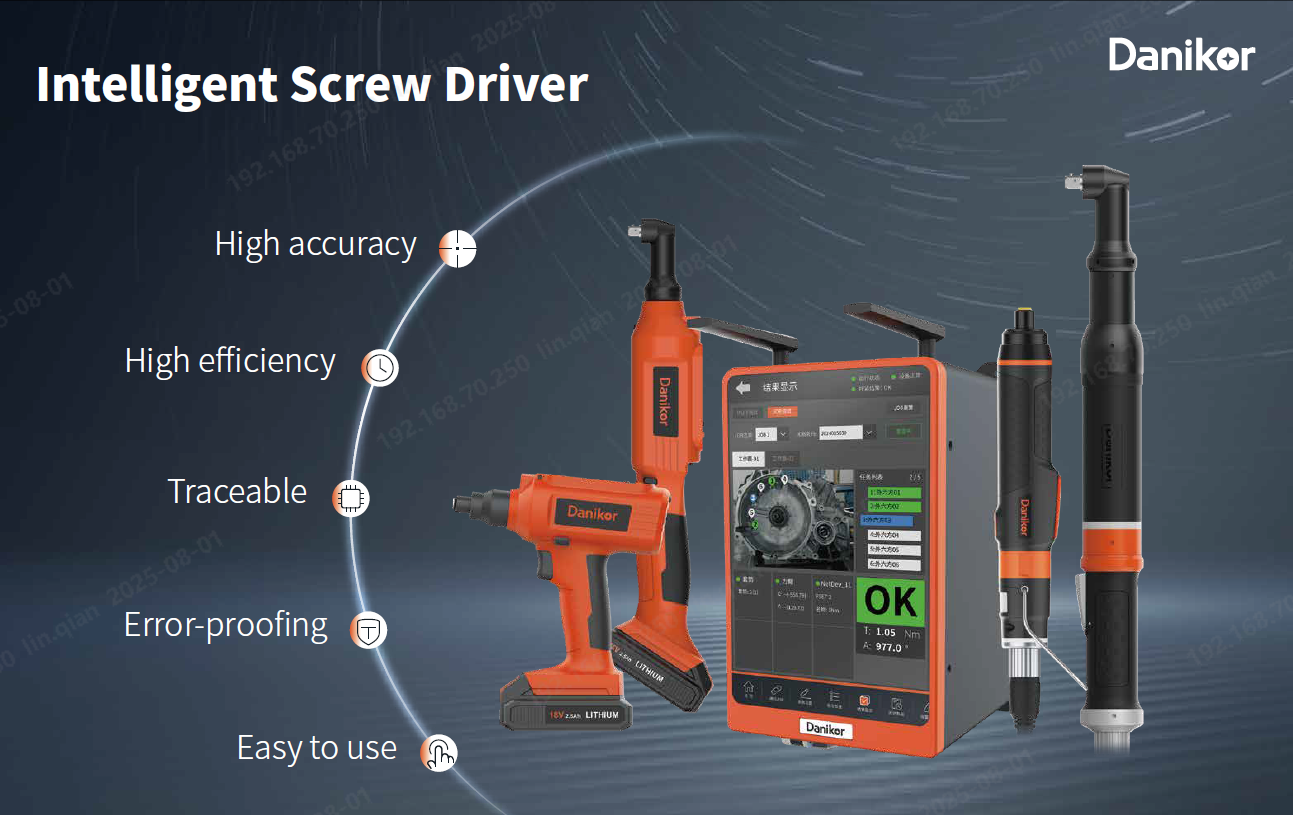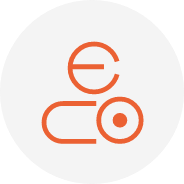What Are the Differences Between Smart Electric Screwdrivers and Servo Electric Screwdrivers, and How Should You Choose?
The choice between a smart electric screwdriver and a servo electric screwdriver requires comprehensive consideration from multiple dimensions such as technical architecture, functional scalability, and actual application scenarios. Although both are driven by servo motors, their design philosophies and performance characteristics differ significantly. The specific differences are reflected in the following aspects:
I. Core Differences: Control Logic and Functional Scalability
Servo electric screwdrivers are typically modified directly from servo motors and drivers. Their control process relies on manual programming and requires PLC (Programmable Logic Controller) commands to execute repetitive single actions. This mode demands high programming expertise and offers limited functional expandability, making it difficult to adapt to dynamic adjustment needs in complex working conditions.
In contrast, smart electric screwdrivers integrate high-precision control algorithms to build a complete digital tightening system. Their advantages include:
Diverse Strategies: Support for multi-step tightening strategies (e.g., pre-tightening, fine-tuning, verification). They can automatically match tightening curves for screws of different materials and specifications, reducing manual debugging workload.
Intelligent Quality Assurance: Built-in dual monitoring modules for angle and torque can real-time detect anomalies such as floating screws or stripped threads, and actively correct deviations during the tightening process, reducing rework rates.
Closed-Loop Data Management: Complete recording of key parameters such as torque curves and angle changes for each operation, forming a traceable quality archive that provides data support for process optimization.
II. Technical Breakthroughs of Danikor Smart Electric Screwdrivers
As a representative brand in the field of intelligent tightening, Danikor smart electric screwdrivers further amplify the advantages of intelligent technology through software-hardware collaborative innovation:
Adaptive Strategy Capability: Equipped with dynamic learning algorithms, it can automatically identify the engagement point between the screw and the workpiece and generate personalized tightening parameters, significantly shortening debugging time. Its preset strategy templates (e.g., soft start to prevent thread stripping, multi-stage torque progressive control) cover most application scenarios.
Intelligent Error-Proofing System: A full-process error-proofing mechanism is built, ranging from permission management to process monitoring. Through hierarchical permission management, misoperation is prevented. Combined with real-time data flow analysis, it can provide early warnings for potential faults (e.g., screw misalignment, missing washers), shifting quality control from post-inspection to in-process monitoring.
Data Interaction Ecosystem: Seamless integration with MES, PLC, and other systems enables real-time synchronization of tightening data with production management platforms. Users can intuitively view equipment status, process parameters, and historical records through a visual interface, significantly improving production transparency.
Scalability and Flexibility: Modular design allows for quick replacement of screwdriver bit components, compatible with different screw specifications. Open interface protocols also support external devices such as angle encoders and pressure sensors to meet customized needs.

III. Selection Recommendations and Scenario Adaptation
For conventional standardized operations, servo electric screwdrivers still offer cost advantages. However, their functional boundaries are limited by preset programs, making them unsuitable for highly complex tasks.
Danikor smart electric screwdrivers, with the following features, are better suited for modern intelligent manufacturing needs:
Dynamic Working Condition Response: In scenarios with fluctuating material properties or assembly tolerances, its adaptive algorithm can actively compensate for deviations, maintaining stable output accuracy.
Full Lifecycle Management: From parameter simulation during process development to data traceability during mass production, it forms a closed-loop quality control system covering the entire product lifecycle.
Human-Machine Collaboration Optimization: Simplified operation interface reduces personnel training costs, while data-driven decision-making reduces reliance on manual experience.
Conclusion
In summary, smart electric screwdrivers reconstruct traditional tightening operation modes through algorithms, transforming simple execution tools into intelligent terminals with perception, analysis, and decision-making capabilities. Danikor’s technical solution particularly highlights the concept of "data-driven process evolution." Its systematic functional design not only improves single-point operation efficiency but also enables continuous optimization of manufacturing processes through data accumulation. This transformation from tool to system is precisely the core consideration in equipment selection during the transition to intelligent manufacturing.











